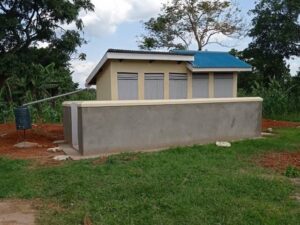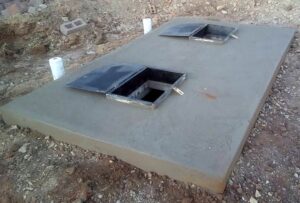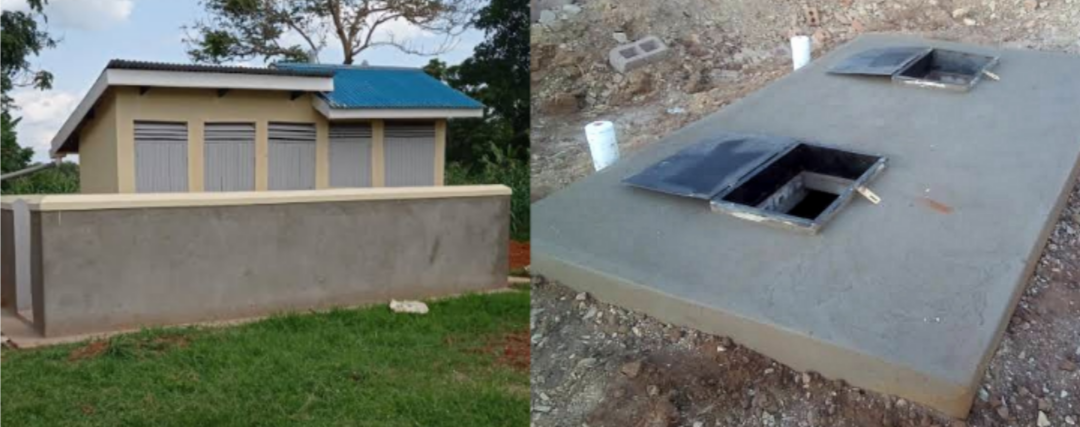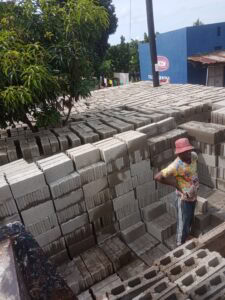In modern Uganda, ensuring proper waste management is essential for maintaining public health and environmental sustainability. Two prevalent options for waste disposal in residential settings are pit latrines and septic tanks. Each system has its advantages and disadvantages, making the decision between them a crucial consideration for homeowners. In this article, we’ll delve into the characteristics of pit latrines and septic tanks, helping readers understand which option might be best suited for their needs in contemporary Uganda.
Understanding Pit Latrines:

Pit latrines have long been a traditional waste disposal solution in Uganda. These structures typically consist of a simple hole dug into the ground, lined with bricks or other materials, and covered with a slab. Organic waste decomposes within the pit over time, while liquid waste seeps into the surrounding soil.
Pros of Pit Latrines:
-
- Cost-Effectiveness: Pit latrines are generally more affordable to construct and maintain compared to septic tanks.
-
- Minimal Maintenance: They require relatively little maintenance, primarily consisting of periodic emptying and occasional cleaning.
-
- Adaptability: Pit latrines are suitable for various settings, including rural areas with limited access to sewage infrastructure.
Cons of Pit Latrines:
-
- Odor Concerns: As the pit fills up, it can emit unpleasant odors, particularly in hot climates.
-
- Limited Lifespan: Eventually, the pit will reach its capacity and require emptying or replacement, which can be logistically challenging.
-
- Environmental Impact: Improperly constructed or maintained pit latrines can contaminate groundwater and soil, posing health risks to communities.
Understanding Septic Tanks:

Septic tanks represent a more modernized approach to waste management. These underground chambers collect and separate solid waste from liquid effluent, allowing for partial decomposition before further treatment or disposal.
Pros of Septic Tanks:
-
- Effective Treatment: Septic tanks provide more comprehensive waste treatment compared to pit latrines, reducing the risk of groundwater contamination.
-
- Longevity: With proper maintenance, septic tanks can last for many years, providing a reliable long-term waste management solution.
-
- Odor Control: Well-designed septic systems typically minimize unpleasant odors, enhancing the overall comfort of residential properties.
Cons of Septic Tanks:
-
- Higher Initial Cost: Installing a septic tank system can be more expensive than constructing a pit latrine, especially in areas with challenging terrain or soil conditions.
-
- Regular Maintenance Required: Septic tanks need periodic pumping and maintenance to prevent issues such as clogs or system failures.
-
- Professional Installation: Proper installation of a septic tank system often requires specialized knowledge and professional expertise, adding to the overall cost.
Choosing the Right System:
When selecting between pit latrines and septic tanks in modern Uganda, homeowners should consider several factors:
-
- Location: The suitability of each system may vary based on factors such as soil composition, groundwater levels, and proximity to water sources.
-
- Budget: Assess the initial installation costs as well as ongoing maintenance expenses to determine the most cost-effective option.
-
- Environmental Impact: Consider the potential environmental consequences of each system, prioritizing solutions that minimize pollution and protect natural resources.
-
- Long-Term Sustainability: Evaluate the scalability and adaptability of each waste management system, considering future household needs and potential changes in land use.
Conclusion:
In the quest for effective waste management in modern Uganda, the choice between pit latrines and septic tanks is not straightforward. Homeowners must carefully weigh the advantages and disadvantages of each option, taking into account factors such as location, budget, environmental impact, and long-term sustainability. By making an informed decision, individuals can ensure proper waste disposal practices that promote public health and environmental well-being in their communities.




